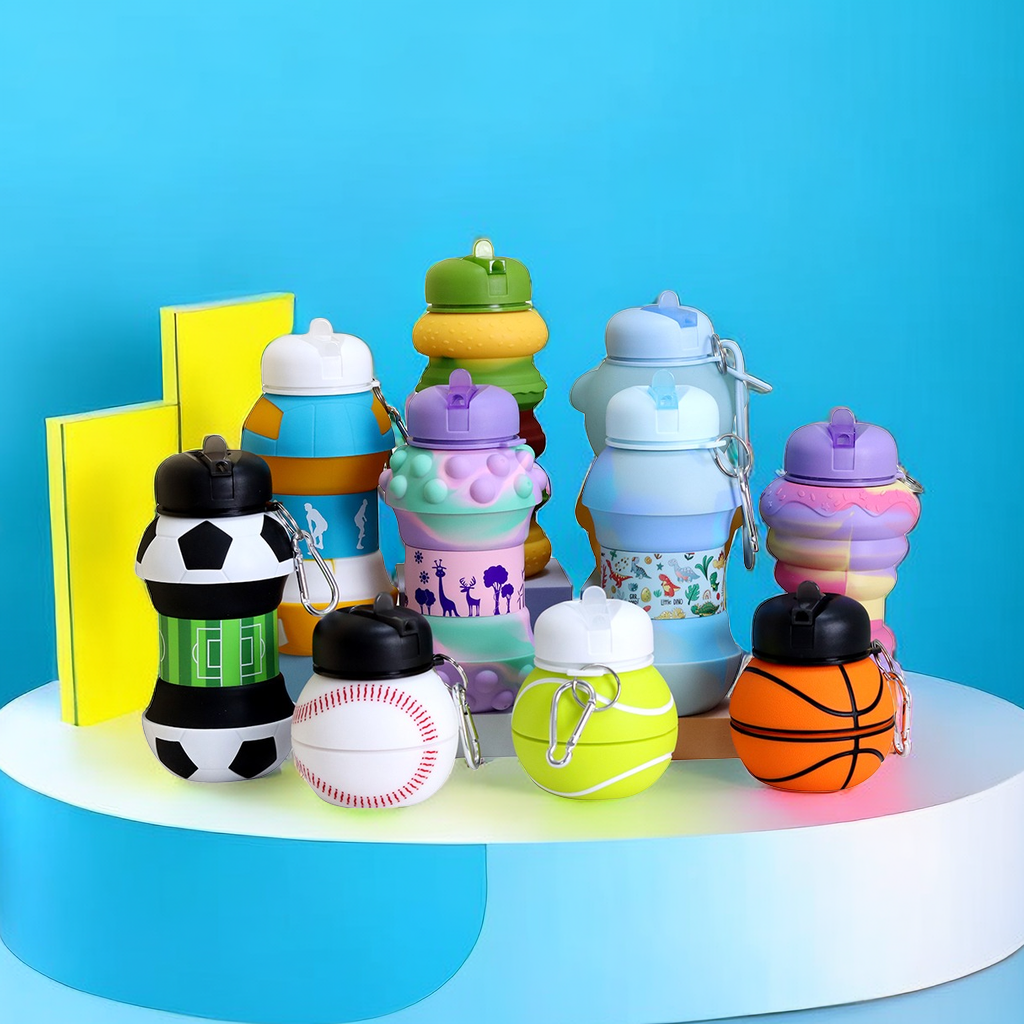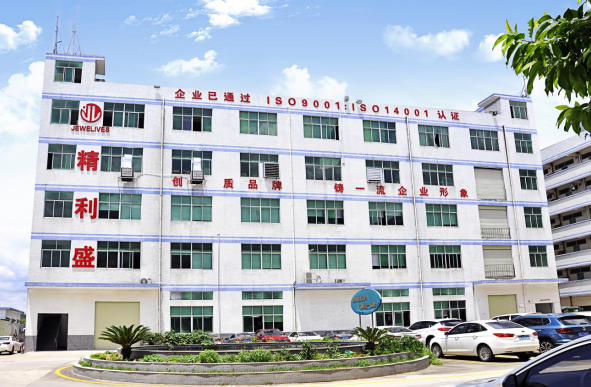内容
When it comes to traveling with our furry friends, ensuring they stay hydrated is of utmost importance. Dog travel water bottles have become an essential accessory for pet owners on the go. In this article, we will explore the world of dog travel water bottles, focusing on the benefits of silicone materials and various features that make them perfect for your pet’s hydration needs during travel.
Why Silicone Dog Travel Water Bottles Are Ideal
Silicone is an exceptional material for dog travel water bottles. It is durable, flexible, and resistant to extreme temperatures. Unlike plastic, silicone does not absorb odors or stains, ensuring that your dog’s water remains fresh and clean throughout the journey. Moreover, silicone is a non-toxic material, making it safe for your beloved pet’s consumption.
Foldable and Collapsible Options for Easy Storage
One of the significant advantages of dog travel water bottles is their space-saving designs. Foldable dog water bottles and collapsible dog water bottles are perfect for pet owners who want to minimize the space occupied by their pet’s gear. These bottles can be easily folded or collapsed when not in use, fitting neatly into your travel bag or backpack. This convenience makes them an excellent choice for trips where space is limited, such as hiking, road trips, or flights.


Personalised Dog Water Bottles: Adding a Touch of Individuality
Personalised dog water bottles offer a unique way to add a personal touch to your pet’s accessories. With custom engravings or designs, you can create a one-of-a-kind water bottle that reflects your pet’s personality. Whether it’s your dog’s name, a favorite cartoon character, or a special message, personalisation makes the water bottle not just a functional item but also a meaningful keepsake.
The Benefits of Dog Travel Water Bottles
Dog travel water bottles provide numerous benefits for both pets and their owners. Firstly, they ensure that your dog stays hydrated during travel, which is crucial for their health and well-being. Dehydration can lead to various health issues in dogs, especially during hot weather or long trips. Secondly, these bottles are portable and easy to carry, eliminating the need to search for water sources while on the go. Additionally, having a dedicated water bottle for your dog promotes good hygiene and prevents the spread of germs.


How to Choose the Right Dog Travel Water Bowl
Selecting the appropriate dog travel water bowl involves considering several factors. The material is paramount, with silicone being a top choice due to its durability and safety. The capacity of the bottle should match your dog’s water intake needs during travel. If you have a large dog that drinks a lot of water, a bigger capacity bottle would be more suitable. Also, consider the design and features such as foldability, ease of cleaning, and the inclusion of a carrying strap or clip for convenience.
Cleaning and Maintenance of Dog Travel Water Bottles
Proper cleaning and maintenance are essential to keep your dog’s water bottle hygienic. After each use, rinse the bottle with warm soapy water and ensure all parts are thoroughly cleaned, including the spout and lid. Allow the bottle to air dry completely before storing it. Regularly inspect the bottle for any signs of wear and tear, such as cracks or leaks, and replace it if necessary to ensure your dog’s safety and health.
結論
Dog travel water bottles are indispensable tools for pet owners who love to travel with their dogs. With the advantages of silicone materials, foldable and personalised options, and the numerous benefits they offer, these bottles make traveling with your pet a more enjoyable and hassle-free experience. By choosing the right dog travel water bottle and taking proper care of it, you can ensure that your furry friend stays happy, healthy, and hydrated on all your adventures together.




